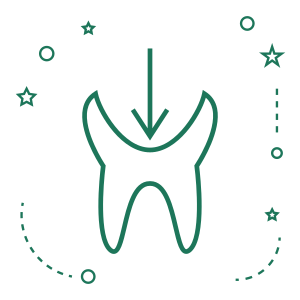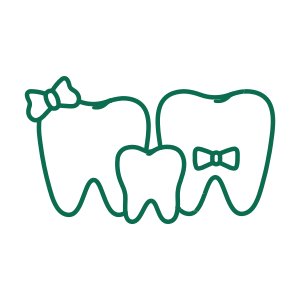Did you know that more than half of adults over the age of 30 in the United States have some form of gum disease? Despite its prevalence, many people don't realize how serious this condition can be. Gum disease can lead to tooth loss, bone damage, and even systemic health problems like heart disease and diabetes.
What is Gum Disease?
Gum disease, also known as periodontal disease, is a chronic bacterial infection that affects the gums and other tissues surrounding the teeth. This condition begins with the buildup of plaque on the teeth and gums, which can cause inflammation and irritation. If left untreated, gum disease can progress to more serious stages where it causes damage to connective tissue and bone loss.
The first stage of gum disease is called gingivitis. Symptoms include redness, swelling, and bleeding gums when brushing or flossing your teeth. The good news is that if caught early enough, gingivitis can be treated and reversed.
If left untreated for too long, though, gingivitis will progress to periodontitis - a more severe form of gum disease. In this stage, pockets between gums and teeth form, which trap bacteria leading to a further infection that destroys the underlying bone structure supporting your tooth.
Chronic periodontitis leads to permanent damage in your jawbones, causing loose tooth or even their fall-out! That's why it's important to seek treatment from a dentist as soon as you notice any symptoms of gum problems, such as persistent bad breath or changes in how your bite feels.
What Are the Symptoms of Gum Disease?
Gum disease, also known as periodontal disease, is a common dental problem affecting millions of people worldwide. It begins with bacterial growth in the mouth and can lead to serious damage to teeth and gums if left untreated. The symptoms of gum disease are often subtle at first but can become more severe over time.
The early signs of gum disease include redness and inflammation of the gums and bleeding when brushing or flossing. Some people may experience bad breath or a bad taste in their mouth that doesn't go away even after brushing their teeth.
As the condition progresses, pockets form between the teeth and gums where bacteria can accumulate, leading to tooth decay, receding gums, sensitivity to hot or cold foods/drinks, and loose teeth caused by bone loss around them.
How Is Gum Disease Treated?
Treating gum disease requires a multi-faceted approach, depending on the severity of the case. The first step in treating gum disease is to have a thorough cleaning of your teeth and gums by a dental professional. This process involves removing plaque and tartar buildup from above and below the gum line.
In more severe cases, a deep cleaning procedure called scaling and root planing may be necessary. This involves removing bacteria and calculus from beneath the gum line, promoting the healing of inflamed tissue. Antibiotics or antimicrobial treatments may also be prescribed to control bacterial infection. In some cases, surgical intervention may be needed to remove damaged tissue or reshape severely compromised bone structures.
Once treatment is complete, it's important to maintain good oral hygiene habits at home, including brushing twice daily with fluoride toothpaste, flossing regularly, avoiding tobacco products, eating a balanced diet low in sugar, and visiting your dentist for regular checkups.
Please feel free to contact our office at (206) 363-4300 today for more information. You can also visit us at 10004 Aurora Ave N Suite 14, Seattle, WA 98133. We look forward to meeting you!















